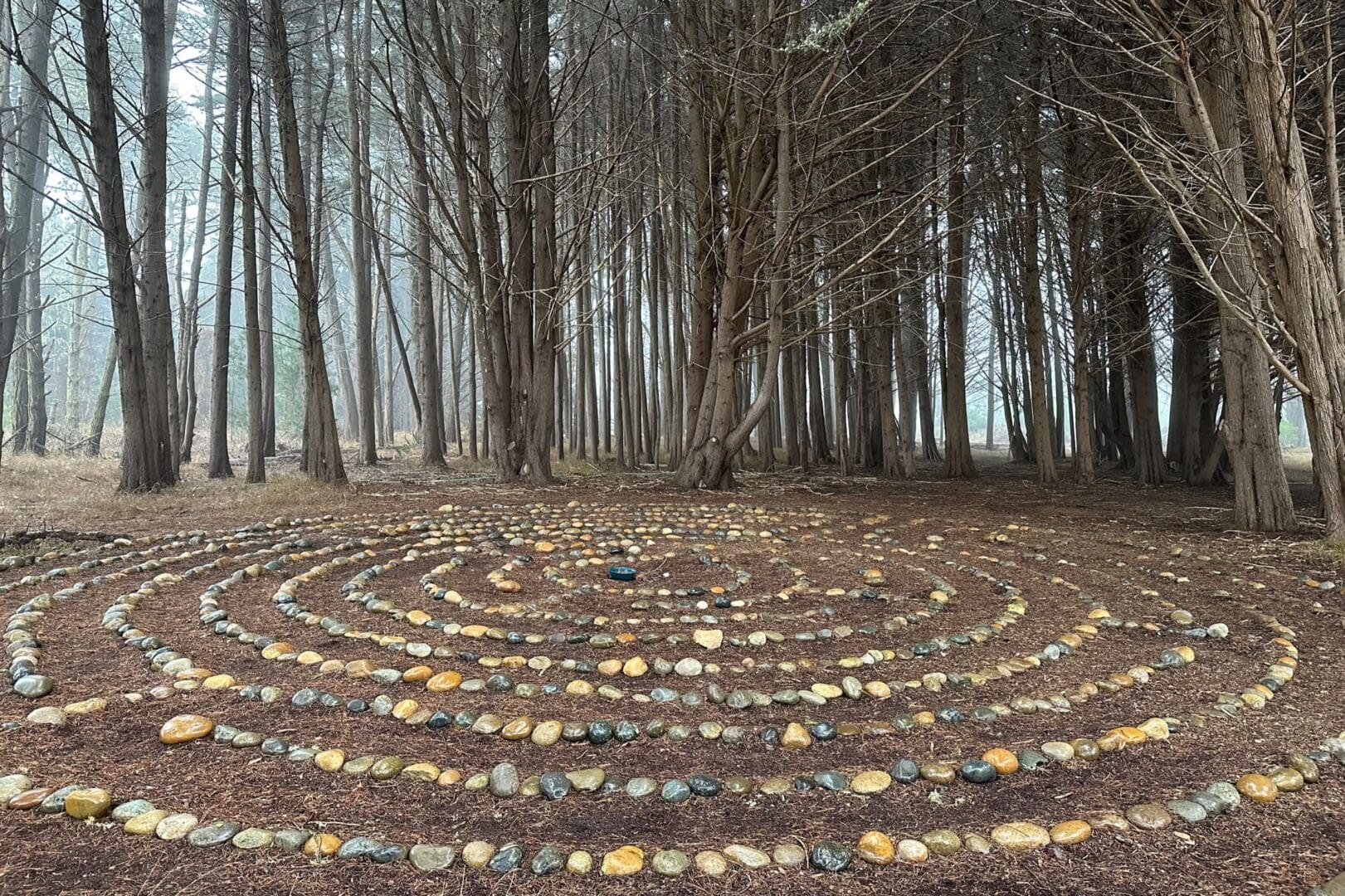Dear New School Friends,
As I write, we have just completed our third day-long workshop with Beatrice Chestnut, author of The Complete Enneagram: 27 Paths to Greater Self-Knowledge. The enneagram, for those of you who are not familiar with it, is a model of the human psyche generally understood as consisting of nine interconnected personality types. Here are the links to my previous writing on the enneagram, which describes the system in some depth. Here is the link to the first of Beatrice’s New School workshops, where she explored types 8-9-1 with panels of people who represented each of these types. The two remaining workshops will be posted soon on our website, iTunes, and YouTube.
Beatrice’s names for the nine types are:
1 The Perfectionist or Reformer
2 The Befriender (other say the Helper)
3 The Performer of Achiever
4 The Artist (others say the Individualist)
5 The Observer
6 The Devil’s Advocate or Contrarian (others say the Loyalist)
7 The Epicure or Adventurer
8 The Boss or Challenger
9 The Mediator or Peacemaker
While there are various tests that purport to help you find your type, I personally feel it is better to sit with descriptions of the types and see which ones speak to you. Sometimes several types catch different aspects of your experience. Enneagram theory teaches that we each have one natal type, which we arrived at through some combination of nature and nurture. It’s generally not good form to type someone else. You may deprive them of the opportunity for self-discovery — and may influence their sense of which type really fits. Also, enneagram should never be used as either a weapon or an excuse.
Beatrice emphasizes the differences among the three sub-types of each enneagram point, which consist of the self-preservation sub-type, the social sub-type, and the one-to-one or sexual sub-type. In her teaching, it is really essential to understand both your type and your sub-type, because the sub-types are often so different.
Internal arrows in the enneagram circle connect each point to two other points. Most teachers say you go to one of these other points under stress and the other in the heart space. Beatrice essentially reverses this teaching. She calls the “heart space” point the “child heart” point and says it often represents unresolved issues from childhood, while the “stress point” is actually the direction of greater spiritual growth.
While Beatrice’s book is, in my judgement, among the best publications in the field, to watch her host these 90-minute panels on each type and subtype is to watch a master at work. The types and sub-types come alive. You can really see both the commonalities of each type and the differences among the sub-types.
This is not the place to go into all the complexities and subtleties of the enneagram approach to personality, some of which I have addressed in previous posts. But if you want to see the enneagram come alive, there are few better approaches than witnessing panels like these, and watching a true master of the enneagram teaching guide the panels and comment on each type and sub-type.




